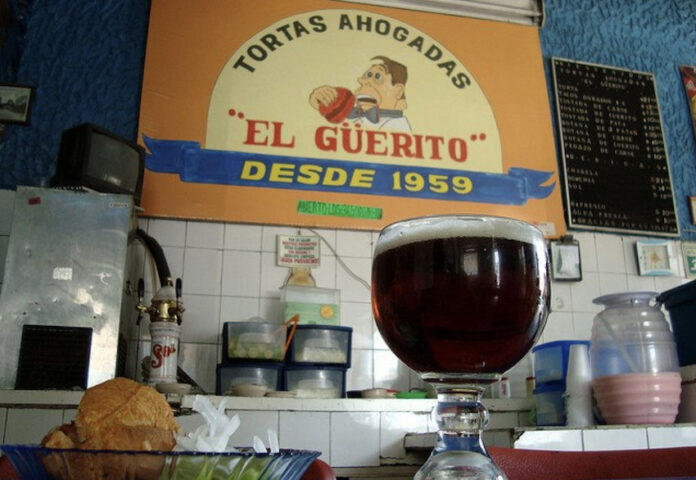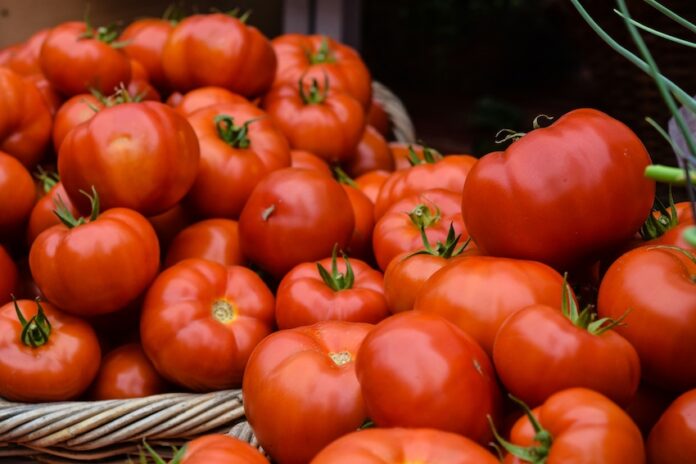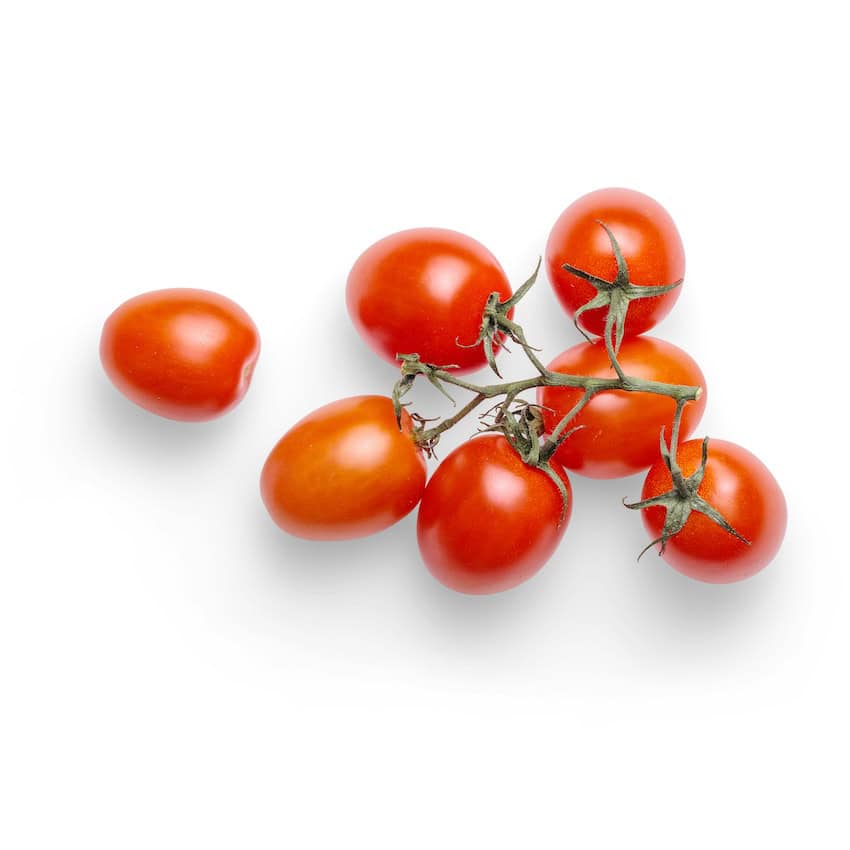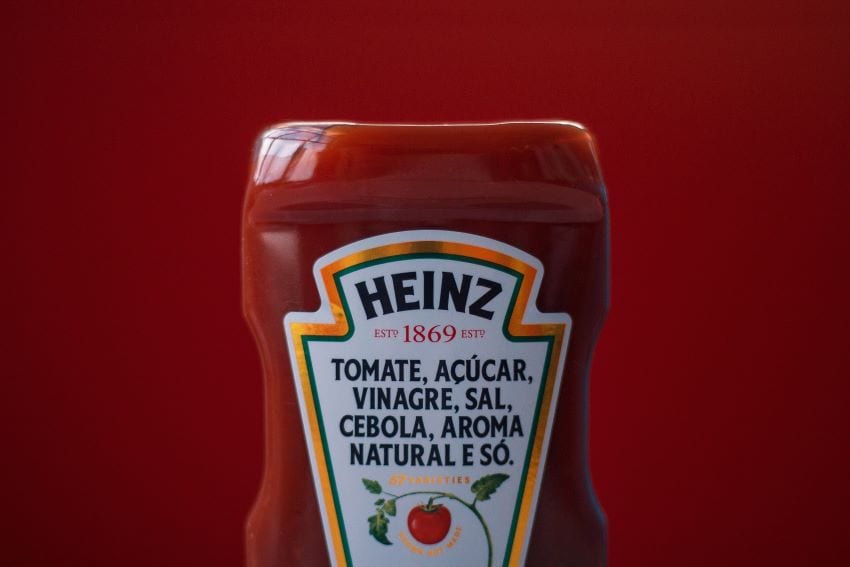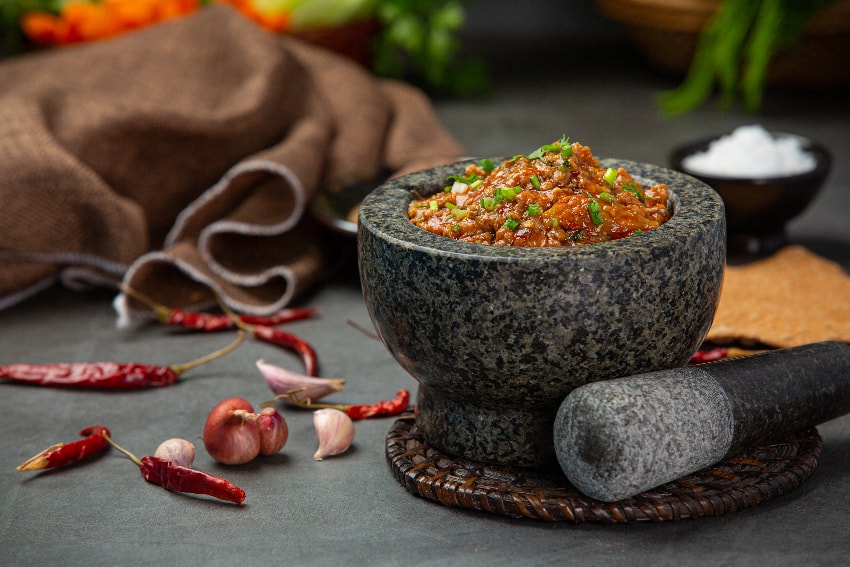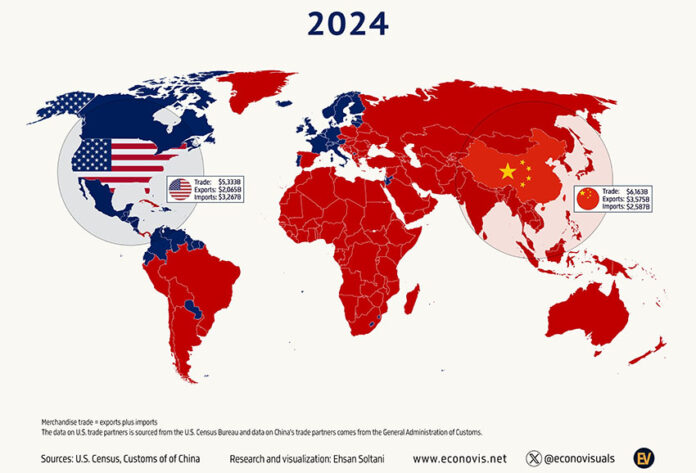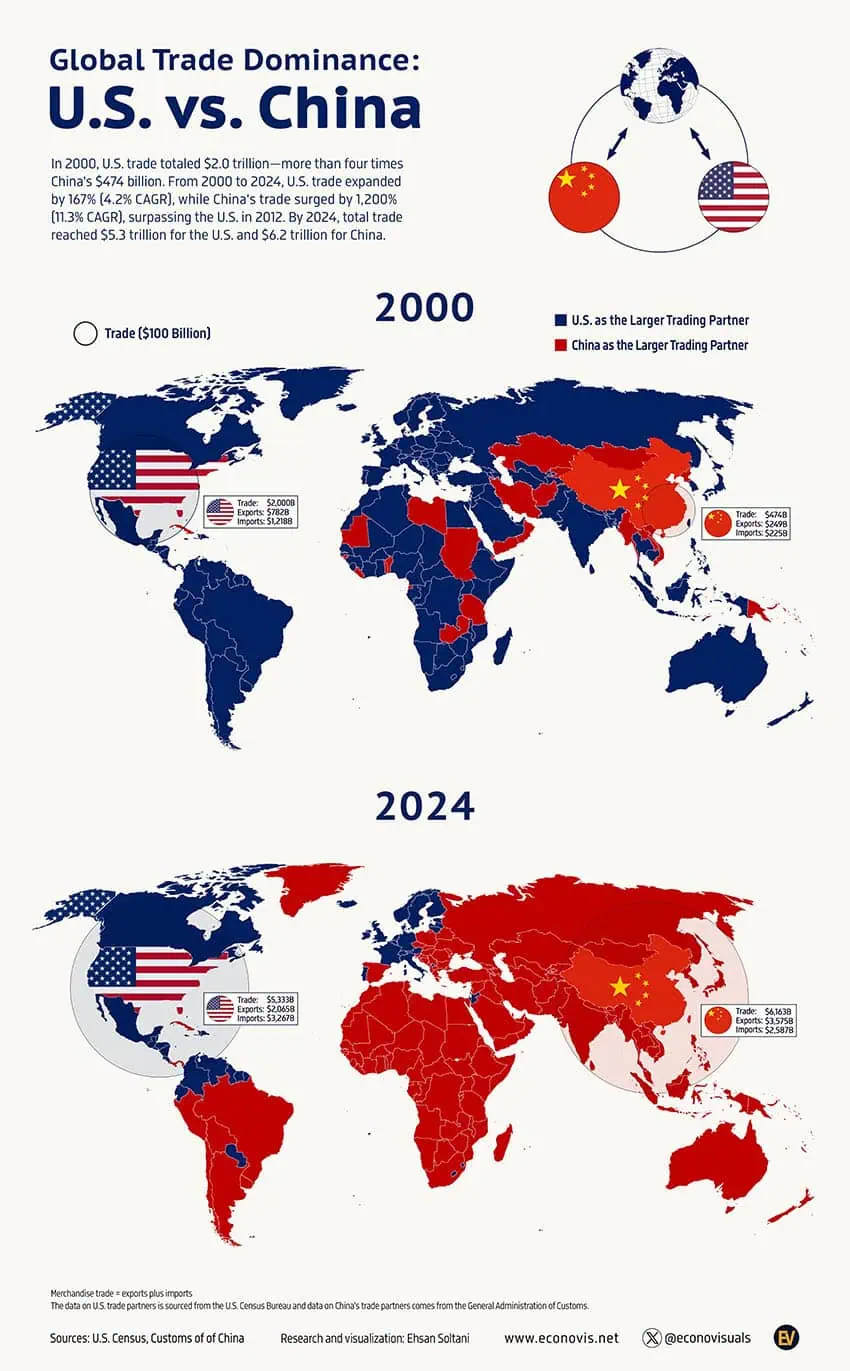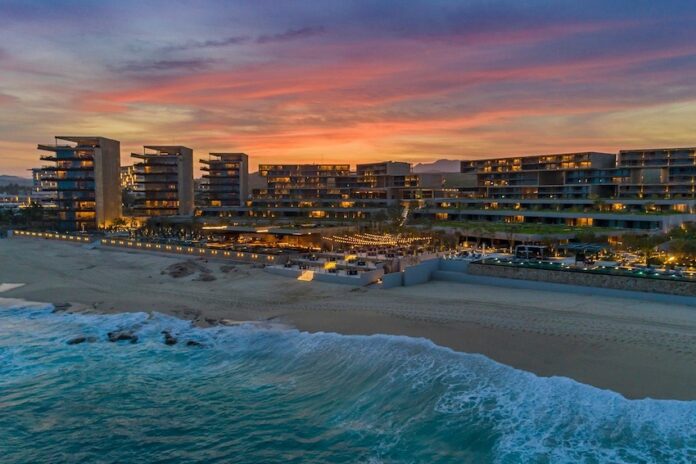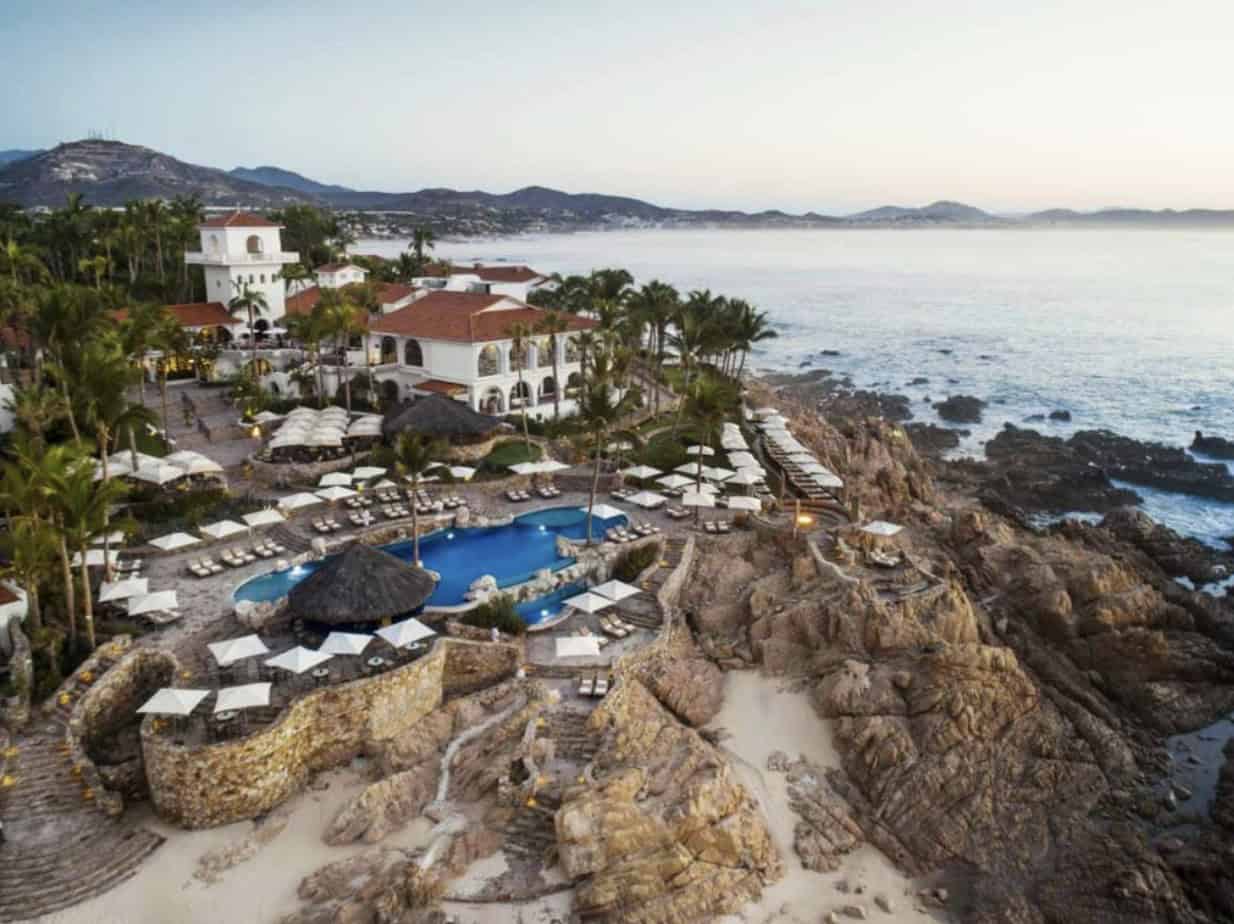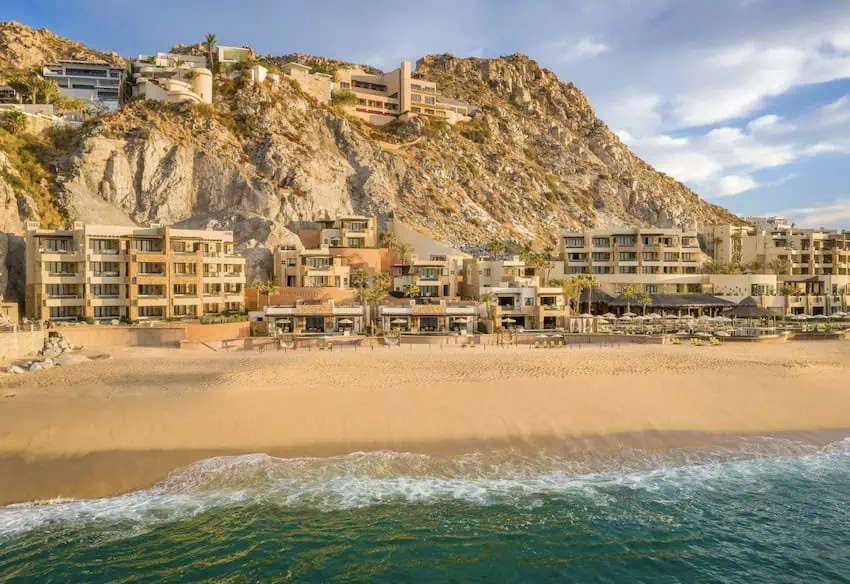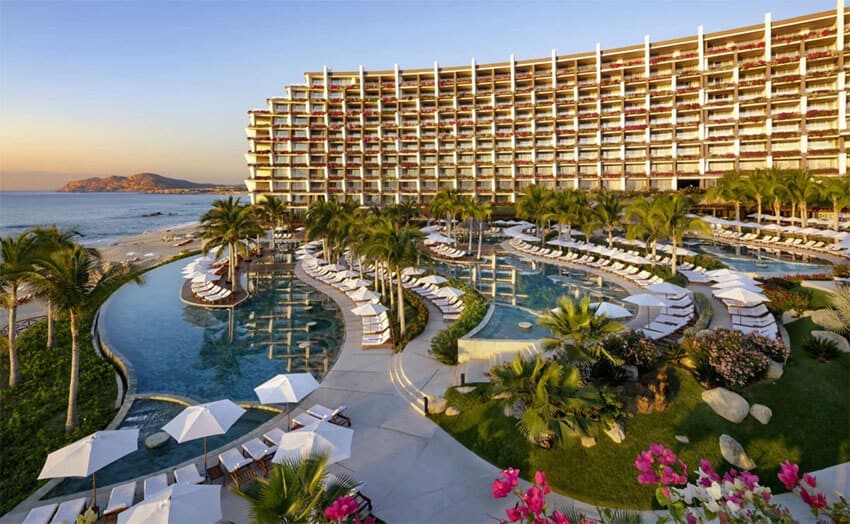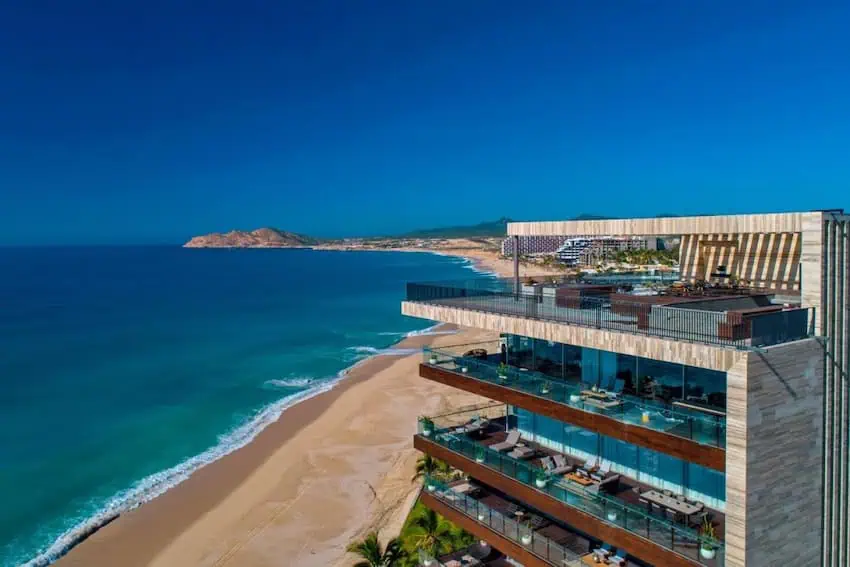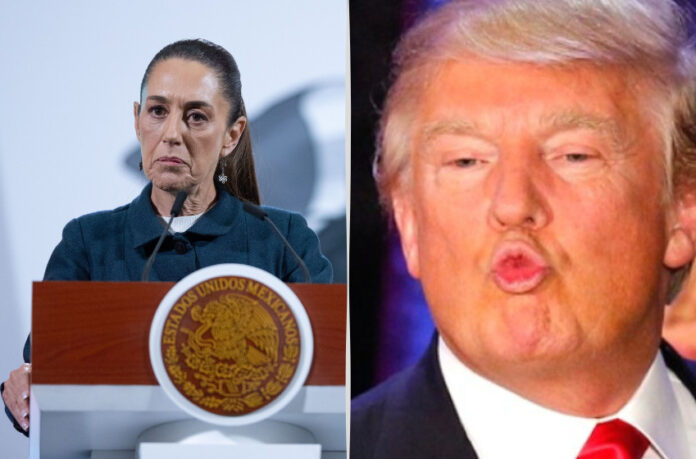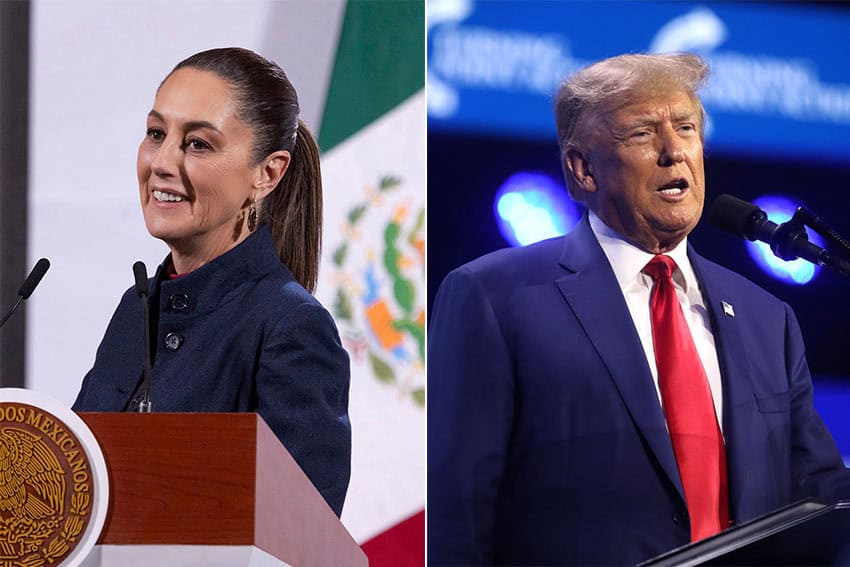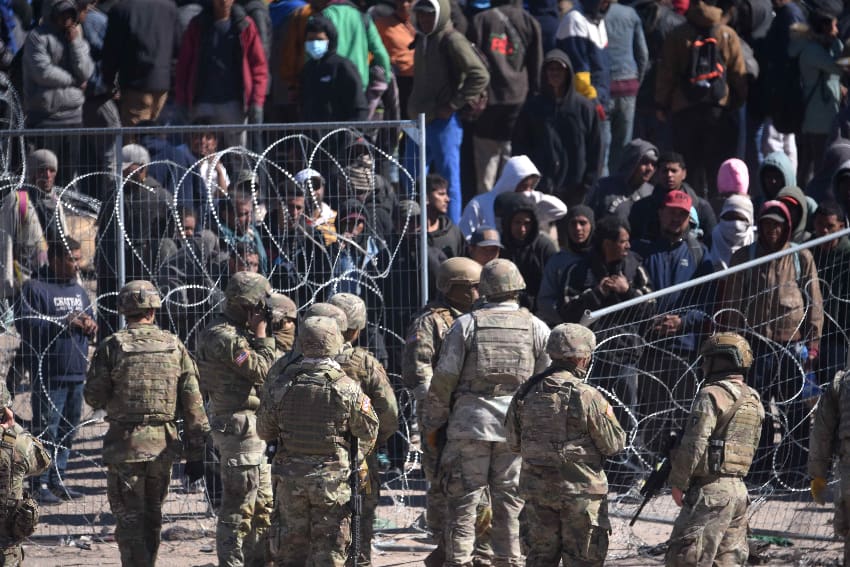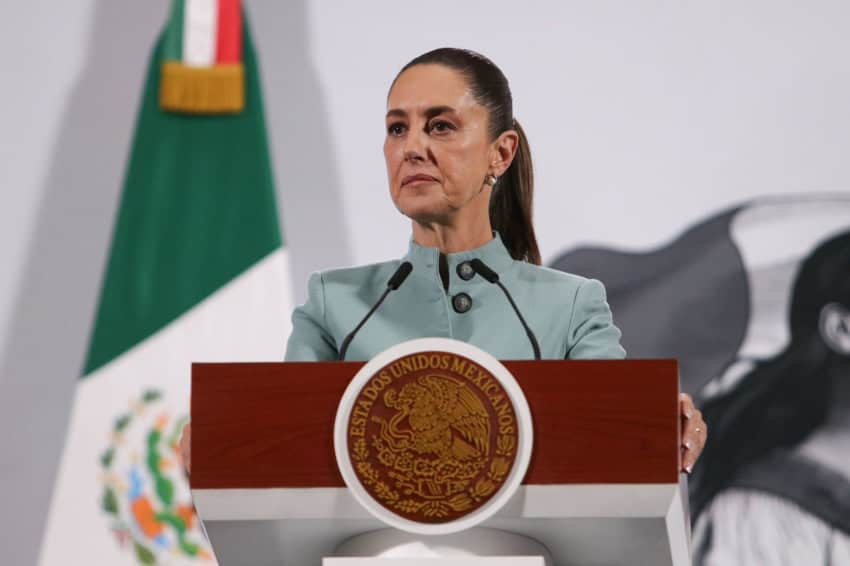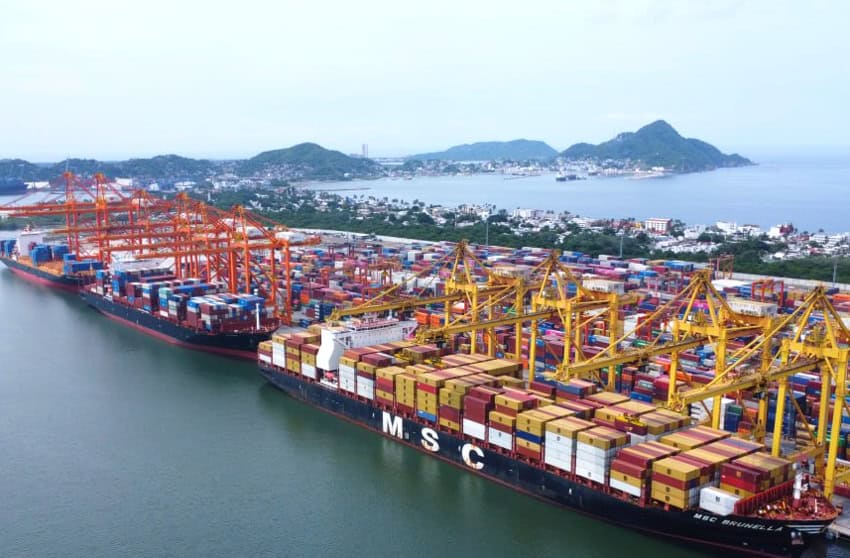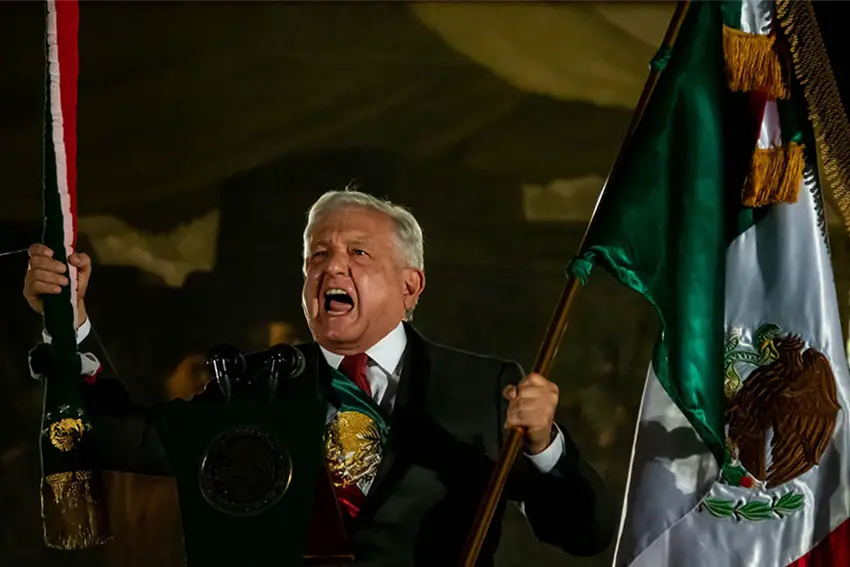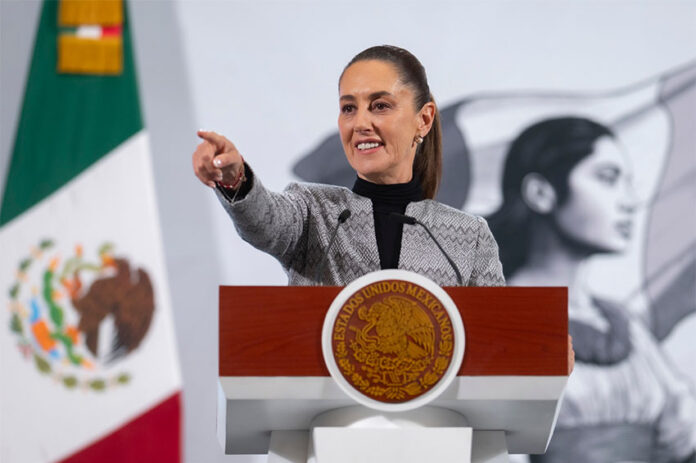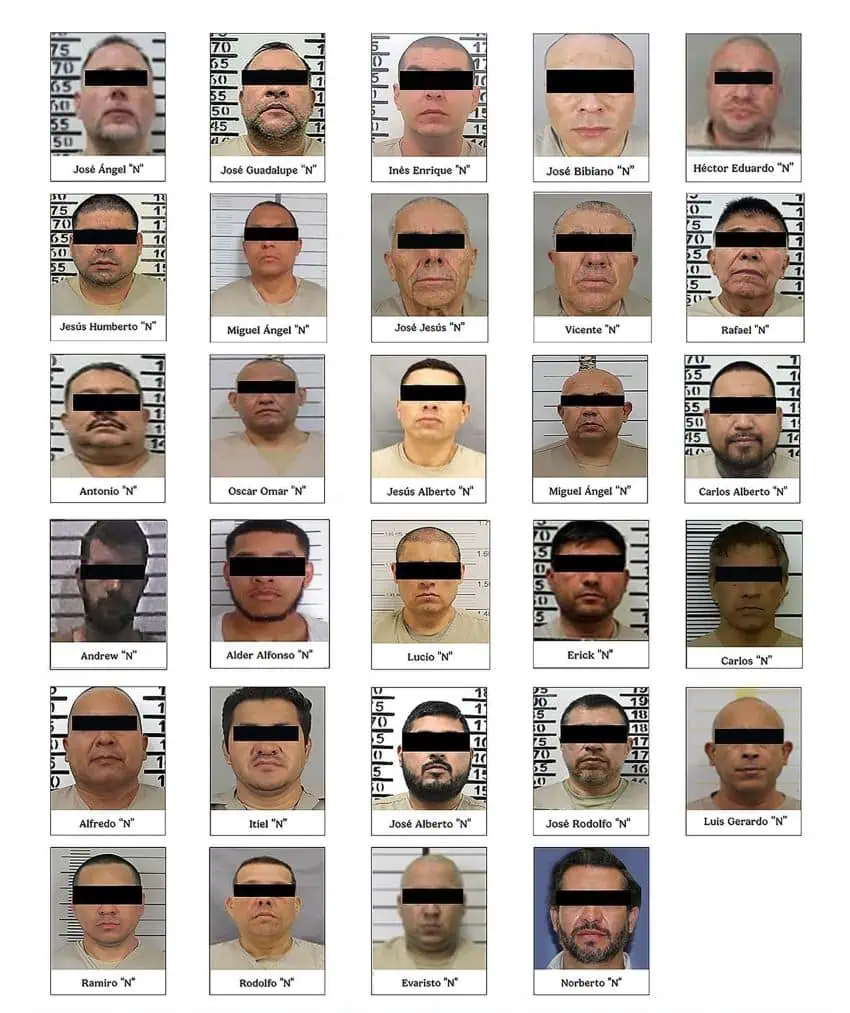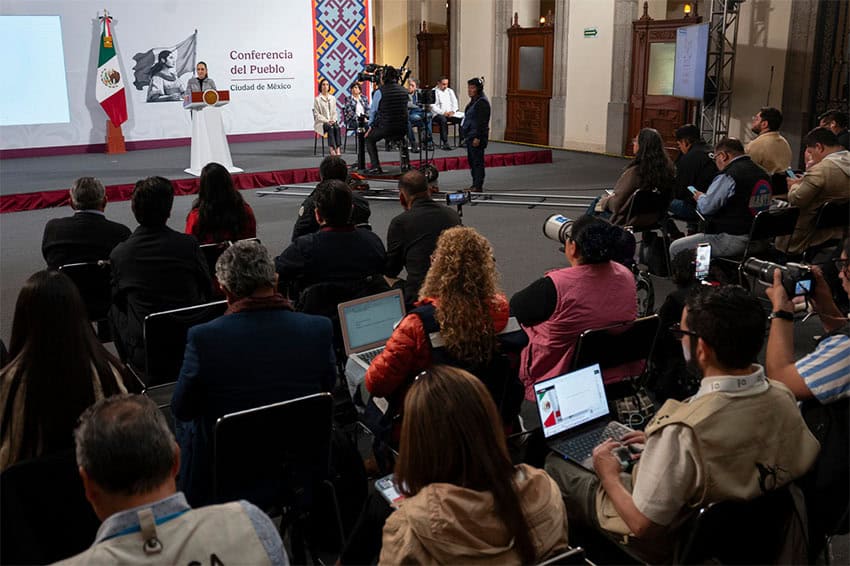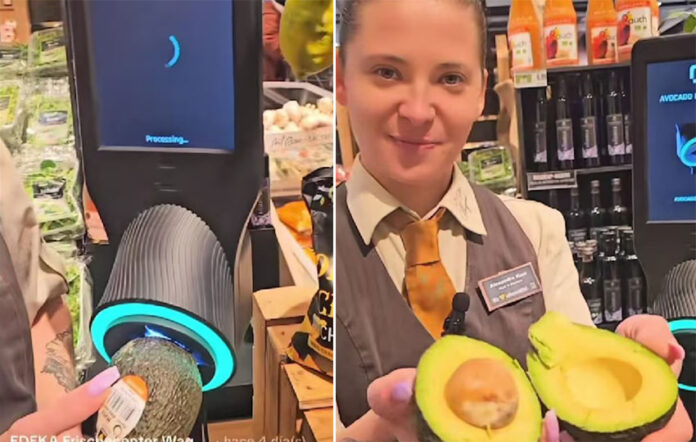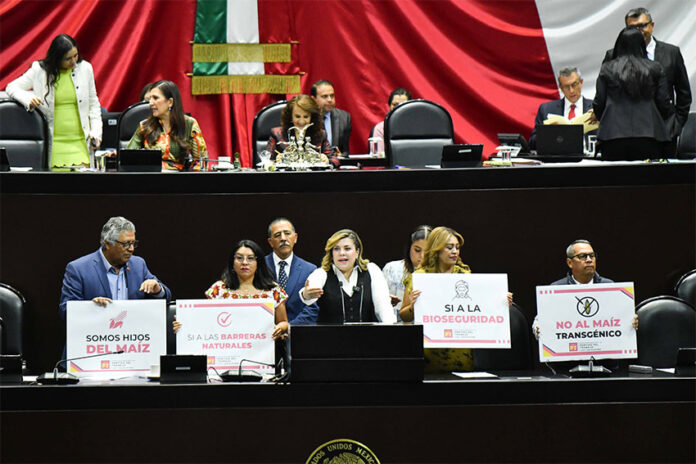The state of Jalisco has made incalculable contributions to Mexico’s culture and food. It’s hard to imagine life in the country without tequila or mariachis, for instance, so interwoven are they within the fabric of national life. Iconic regional dishes like birria and the torta ahogada — both born in Jalisco — aren’t quite so ubiquitous, but both have transcended the state’s borders to become treasured nationwide.
How birria originated
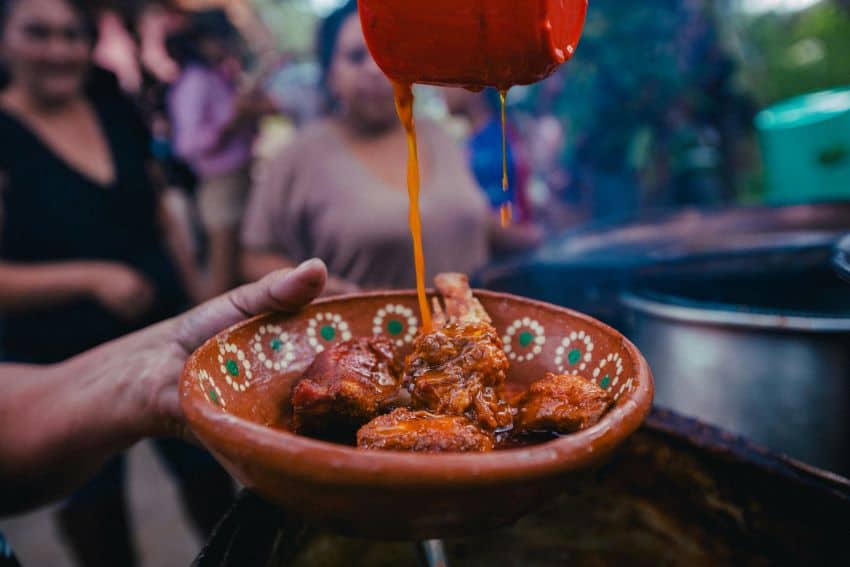
Like tequila, which originated in the eponymous town, birria, and tortas ahogadas are each associated with particular places. In the former’s case, it’s Cocula. In the 16th century, as the story goes, the colonizing Spanish introduced livestock like cows, pigs, and yes, goats, to Mexico. However, in Cocula, goat numbers got a little out of control, to the extent the animals were devastating local crops.
The solution, a natural one, was to cull the goat population via the creation of a delicious goat-based stew: birria. Over time, the stew would accommodate many other meaty additions, from beef and pork to lamb, rabbit, and even catfish. But in the beginning, it was purely goat-based, and since goat meat tended to be a bit gamey and virtually every part and organ of it was used, many herbs and spices were added to harmonize the flavors.
For example, at least one chile was always added — ancho, chilacate, guajillo, or pasilla — along with aromatic bay leaf, cumin, cloves, garlic, ginger, oregano, pineapple vinegar, and other ingredients.
The legendary creation of the torta ahogada

Despite birria’s enduring popularity, there seems little question now that the torta ahogada has become the state’s signature dish. There are over 1,150 purveyors of the “drowned sandwich” in and around the capital city, Guadalajara alone (its birthplace), and 1,300 statewide. This, even though it’s a rather recent addition to the region’s gastronomy.
The torta ahogada was invented in the 1920s by tapatío extraordinaire Luis de la Torre, better known as “El Güero” for his distinctive red hair. The original location was on the corner of Calles 16 de Septiembre and Miguel Blanco in the Jardín de San Francisco (across from Cantina Alemana and Hotel Bohnstedt) and the sandwich arose, like so many iconic Mexican dishes, from a happy accident. A customer ordered a more typical torta and when El Güero accidentally dropped the entire thing in a pot of spicy salsa, a legend was born.
To this day, it’s virtually the only torta known by that name regionally. In Jalisco, sandwiches are typically referred to as lonches.
The importance of and background behind each ingredient
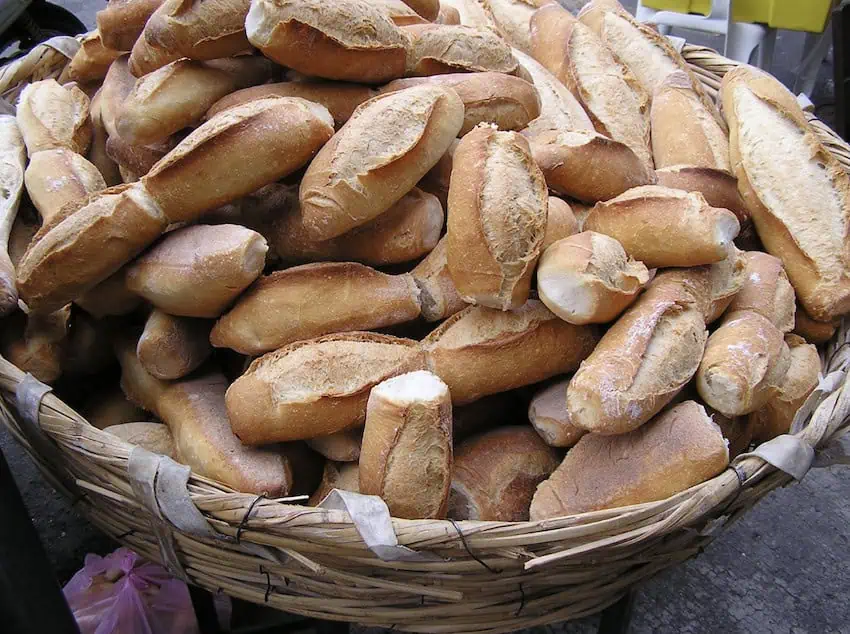
There are three essential elements to a torta ahogada — the bread (birote salado), the meat (pork carnitas), and the spicy salsa (based around Yahaulica chiles) — and each is steeped in the history of Jalisco cuisine.
The birote, like the bolillo, was introduced to Mexico during the Second French Intervention period when Belgian baker Camille Pirotte accompanied Emperor Maximilian and his consort Carlota during the ill-fated and short-lived takeover. Pirotte originated the salty, crusty-on-the-outside, soft-on-the-inside birote in Guadalajara circa 1864, an essential step for the eventual torta ahogada since no other Mexican bread — neither bolillo nor telera and certainly not Bimbo — will hold together after being dipped in the spicy salsa.
Carnitas, or pork cooked in its fat, are synonymous with Michoacán, but other Mexican states, including Jalisco, Estado de México, Hidalgo, and Querétaro, claim to have invented them first. Such claims are probably not true. However, it merits mentioning that Jalisco has a long history with the dish, as evidenced in innumerable tortas ahogadas and the iconic restaurants associated with the dish; notably Carnitas Jaime’s in Arandas. In Guadalajara, the carnitas are chopped by skilled torteros on cutting boards before being added to the birote for tortas ahogadas.
The Yahualica chile, the original chile de árbol, is one of only two chiles in Mexico to have been granted a denomination of origin (the other is the habanero). It can only be legally grown in its native highlands in Los Altos, Jalisco, or two municipalities in the neighboring state of Zacatecas.
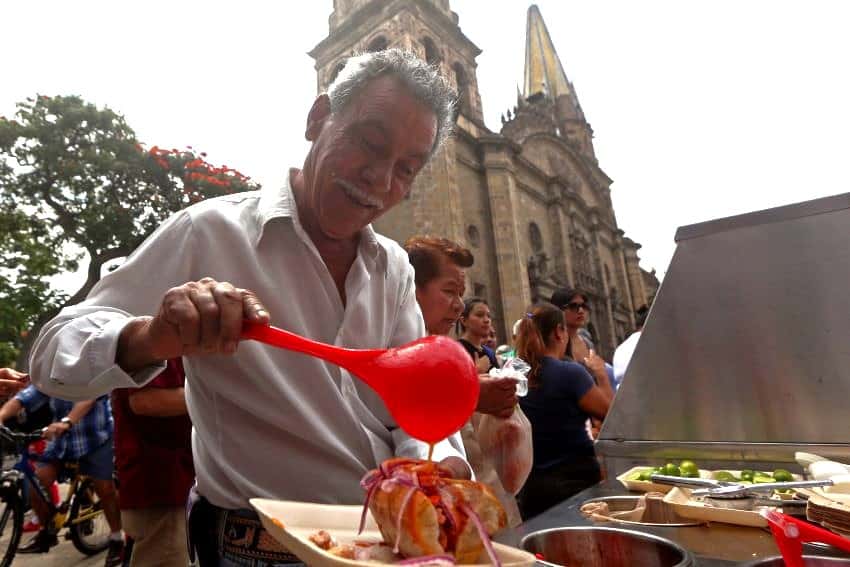
How to order and eat a torta ahogada
Common sense would dictate care when eating any dish accompanied by the adjective “drowned.” But there is also a linguistic element of torta ahogada etiquette, specifically the difference between the ordering terms mitad and media as an answering query to the tortero. The former refers to portion size (as in slicing the sandwich in two parts), the latter to spiciness level. Media means some chile but not a complete submersion, or drowning, in spicy Yahualica chile, vinegar, and salt, followed by another dipping in a tomato sauce.
I would not recommend the gross method of mashing up the torta ahogada inside a plastic bag, then snipping off a corner and drinking it. But some enjoy it. For a more traditional torta ahogada experience, visit El Güerito, the landmark Guadalajaran restaurant founded by Luis de la Torre protégé Ignacio “Nacho” Saldaña, and enjoy the delicious sandwich as it was meant to be eaten: on a plate with room for the drowning salsas to pool and for onions and lime on the side.
Don’t forget: tequila is also a food
Tequila may legally be distilled from blue Weber agave (Agave tequilana) in five Mexican states (Guanajuato, Jalisco, Michoacán, Nayarit, and Tamaulipas). However, approximately 90% of the popular spirit is still made in Jalisco, with the trade centered around its birthplace town of Tequila, where the Cuervo family has been making the namesake product since 1758, and the Sauza family since 1873.
It’s a big business now, of course, with the tequila market valued at over 18 billion dollars in 2024, and expected to reach 45 billion by 2033. It’s worth noting, though, that in Jalisco tequila is not simply a liquid treasure to be sipped in traditional cabillitos but also a prized food ingredient.
Everyone will have heard of tequila shrimp, where tequila is added to the pan before burning off the tasty crustacean but leaving its trademark flavor behind. It’s also used to season beef, stuff turkeys (via injection), and as a potent ingredient in the gelatina candies known as borrachitos, or “little drunks”.
Chris Sands is the Cabo San Lucas local expert for the USA Today travel website 10 Best, writer of Fodor’s Los Cabos travel guidebook and a contributor to numerous websites and publications, including Tasting Table, Marriott Bonvoy Traveler, Forbes Travel Guide, Porthole Cruise, Cabo Living and Mexico News Daily. His specialty is travel-related content and lifestyle features focused on food, wine and golf.
